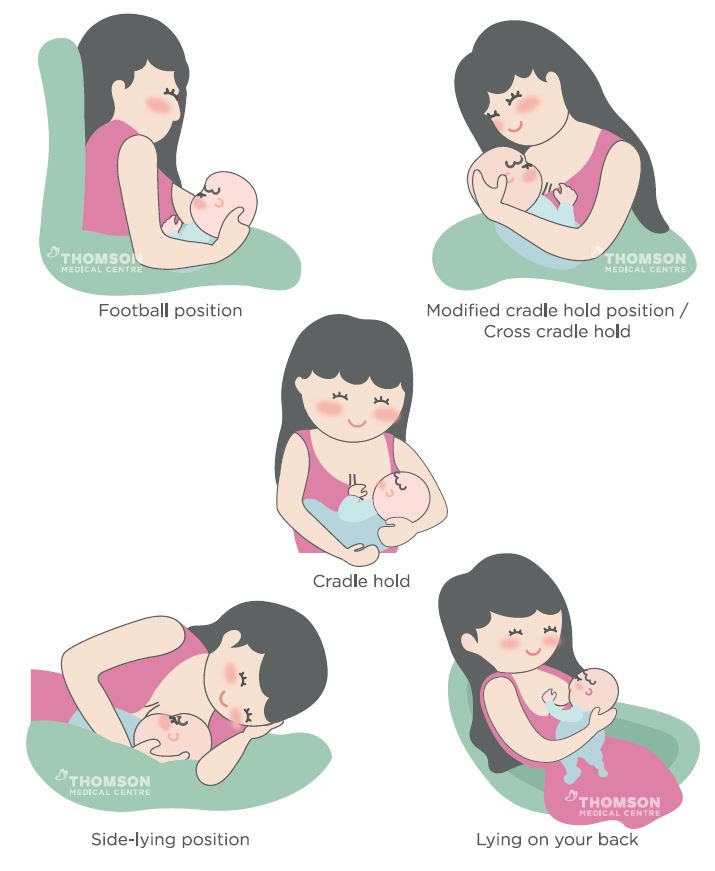Breastfeeding: a natural process that doesn't always come naturally. Whether you're a first-time mom or a seasoned parent, the journey of nourishing your baby can be both rewarding and challenging. This guide cuts through the confusion, offering clear, actionable advice on what to do — and what to avoid — to make your breastfeeding experience successful.
In this article, you'll discover:
- 7 essential tips to enhance your breastfeeding journey
- 7 common mistakes to steer clear of
- Evidence-based recommendations on milk storage and handling
- Practical solutions for common breastfeeding hurdles
We've distilled years of lactation expertise into straightforward, easy-to-follow guidance. Whether you're struggling with latching issues or wondering about safe milk storage, we've got you covered. Let's dive in and empower your breastfeeding journey, one tip at a time.
Breastfeeding tips: What should you do?
1) Start early
Try to breastfeed as soon as your baby is born as your baby is mentally alert for the first 2 hours after birth. Breast milk contains antibodies which can protect baby from illnesses.
2) Continue as long as you wish
Breastfeed for as long as you wish. Breastfeeding has multiple benefits, such as the shrinking of the uterus to support recovery, in addition to burning extra calories, which can help you shed post-pregnancy weight faster.
3) Regular feeding
You should breastfeed regularly to avoid uncomfortable or painful breast engorgement and clogged milk ducts.
4) Comfortable positioning
Get into a comfortable position. Here are some positions that you can adopt:

5) Soothe your nipples
Apply a thin layer of nipple cream after breastfeeding if you experience sore nipples. Allow to air dry before wearing your nursing bra to avoid fungal infection.
6) Proper milk warming
Warm breast milk to a temperature of 36–37 degrees Celsius before using, if the milk has been stored in the fridge.
7) Safe storage
You can store breast milk for four hours at a room temperature of 25 degrees Celsius or for up to 48 hours in the chiller. Breast milk can be kept for three to six months if stored in the freezer.
What should you not do while breastfeeding?
1) Mixing milk
Don’t mix breast milk with formula milk as this will change the composition of the breast milk.
2) Early bottle-feeding
Where possible, encourage direct latching instead of bottle feeding. Bottle feeding is encouraged from 4-6 weeks, only after baby has mastered the technique of latching.
3) Long daytime naps
During the day, don’t let your baby sleep for more than four hours after the last feeding as you need to ensure your child consumes enough breast milk.
4) Improper heating
Don’t heat breast milk using the microwave oven or directly over the stove. You can immerse the storage bag or bottle of breast milk in a pan of water that has been warmed on the stove.
5) Fridge storage
Avoid storing breast milk near the door of the fridge as the temperature there is unstable.
6) Milk from other mothers
Don’t use breast milk from other mothers unless it’s from the milk bank.
7) Thawing frozen breast milk
Don’t thaw frozen breast milk at room temperature as this can cause bacteria to accumulate. It can be thawed in the fridge, and subsequently heated up in a pan of warm water.
Need additional support?
For more information and lactation consultation, visit Thomson ParentCraft Centre.
For more information, contact us:
Thomson ParentCraft Centre
Thomson Breast Centre
Request an Appointment